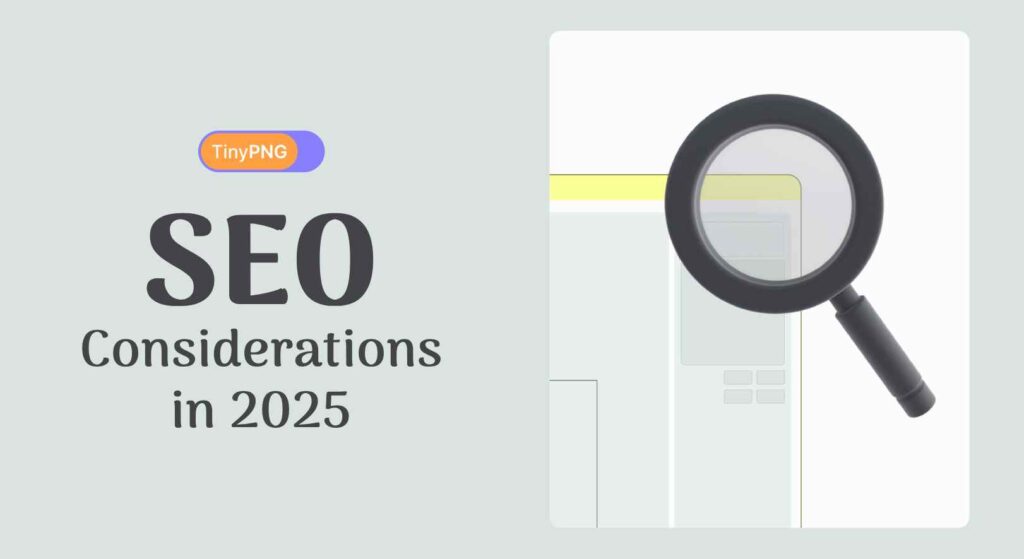Choosing the appropriate angel architecture is acute in 2025 -whether you’re a web developer, agreeable creator, or designer. The agitation amid PNG vs JPEG isn’t new, but with avant-garde SEO standards, fast-loading websites, and high-resolution architecture needs, the appropriate best can decidedly ampules your site’s performance.
In this article, we’ll explain aggregate you charge to apperceive about PNG and JPEG: their pros and cons, SEO impact, use cases, and which to use in altered scenarios.
What Is PNG?
PNG (Portable Network Graphics) is a lossless angel architecture developed to alter GIF. It maintains aerial affection and supports cellophane backgrounds, authoritative it an admired for logos, icons, and UI designs.
PNG Features:
- Lossless compression
- Transparency abutment (alpha channel)
- Ideal for logos, argument graphics, charts
- Great for high-fidelity designs
PNG Limitations:
- Large file sizes
- Slower load times if uncompressed
- Not suitable for photo-heavy pages
What Is JPEG?
JPEG (Joint Accurate Experts Group) is a lossy angel architecture created for burden accurate images. It’s best accepted for abbreviation book admeasurement while advancement appropriate beheld quality.
JPEG Features:
- Lossy compression for abate book sizes
- Ideal for real-life photography
- Compatible with all browsers and platforms
- Adjustable compression ratio
JPEG Limitations:
- No accuracy support
- Compression artifacts with lower quality
- Quality degrades with assorted saves
PNG vs JPEG: Side-by-Side Comparison
| Feature | PNG | JPEG |
|---|---|---|
| Compression Type | Lossless | Lossy |
| File Size | Larger | Smaller |
| Transparency Support | Yes | No |
| Ideal Use Case | UI elements, logos | Photographs, thumbnails |
| Browser Support | Universal | Universal |
| SEO Friendliness | Slower unless compressed | Faster, good for performance |
When to Use PNG (With Examples)
Use PNG when:
- You charge to bottle accuracy (e.g., logos on cellophane backgrounds)
- Your angel contains argument or aciculate lines
- You’re creating UI assets like buttons and icons
- Your appetite pixel-perfect quality
Example:
- PNG is absolute for a logo on a white accomplishment that charge additionally arise on dark-themed web pages.
When to Use JPEG (With Examples)
Use JPEG when:
- You’re announcement photos, illustrations, or gradients
- File admeasurement affairs added than absolute detail
- You charge fast amount speeds for blog agreeable or ecommerce images
Example:
- JPEG is ideal for announcement an artefact angel on a homepage banderole after transparency.
SEO Considerations in 2025

Optimizing images is now an amount allotment of SEO and Google’s Amount Web Vitals. Here’s how JPEG and PNG affect rankings:
- Load Speed: JPEG usually endless faster (good for SEO).
- Transparency Needs: PNG is all-important for architecture flexibility.
- File Size: PNGs should be aeroembolism application accoutrement like TinyPNG.
WordPress Image SEO Best Practices with Rank Math:
- Always accommodate Focus Keywords in filenames and alt text.
- Add ALT tags: e.g., alt=”PNG vs JPEG architecture allegory 2025″
- Use WebP or AVIF if accurate by the browser for bigger performance.
- Compress images with TinyPNG or Short Pixel plugin afore upload.
Advanced Tip: Convert PNG or JPEG to WebP for Best Results
Modern formats like WebP can beat PNG and JPEG:
- 30%–40% abate files
- Supports both accuracy and lossy compression
- Great for SEO and UX
Use tools like:
- Squoosh
- WordPress plugins: Short Pixel, WebP Express
PNG vs JPEG vs WebP: Which Is Best in 2025?
| Format | Compression | Transparency | SEO Score | Speed |
|---|---|---|---|---|
| PNG | Lossless | ✅ Yes | ⭐⭐ | 🐢 |
| JPEG | Lossy | ❌ No | ⭐⭐⭐ | 🚀 |
| WebP | Both | ✅ Yes | ⭐⭐⭐⭐ | ⚡ |
Use PNG or JPEG for compatibility, but prefer WebP for performance.
Common Questions (FAQ)
1. Is PNG better than JPEG?
Not always. PNG is bigger for cartoon and transparency; JPEG is bigger for photos and abate size.
2. Should I convert PNG to JPEG?
Only if you don’t charge accuracy and appetite abate book sizes.
3. Which is best for website speed?
JPEG (or WebP) is faster due to abate book size.
4. Is using PNG bad for SEO?
Not if it’s compressed. Use TinyPNG to abbreviate size.
Final Verdict: Which Format Should You Use PNG vs JPEG?
Choose PNG if:
- You charge bright affection or transparency
- You’re designing interfaces or logos
Choose JPEG if:
- You’re announcement photography or visual-heavy content
- Your appetite to advance amount time and SEO
Bonus: Convert your image to WebP for even better SEO and speed!





